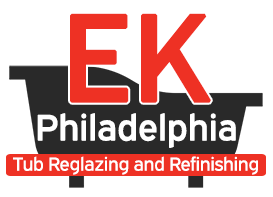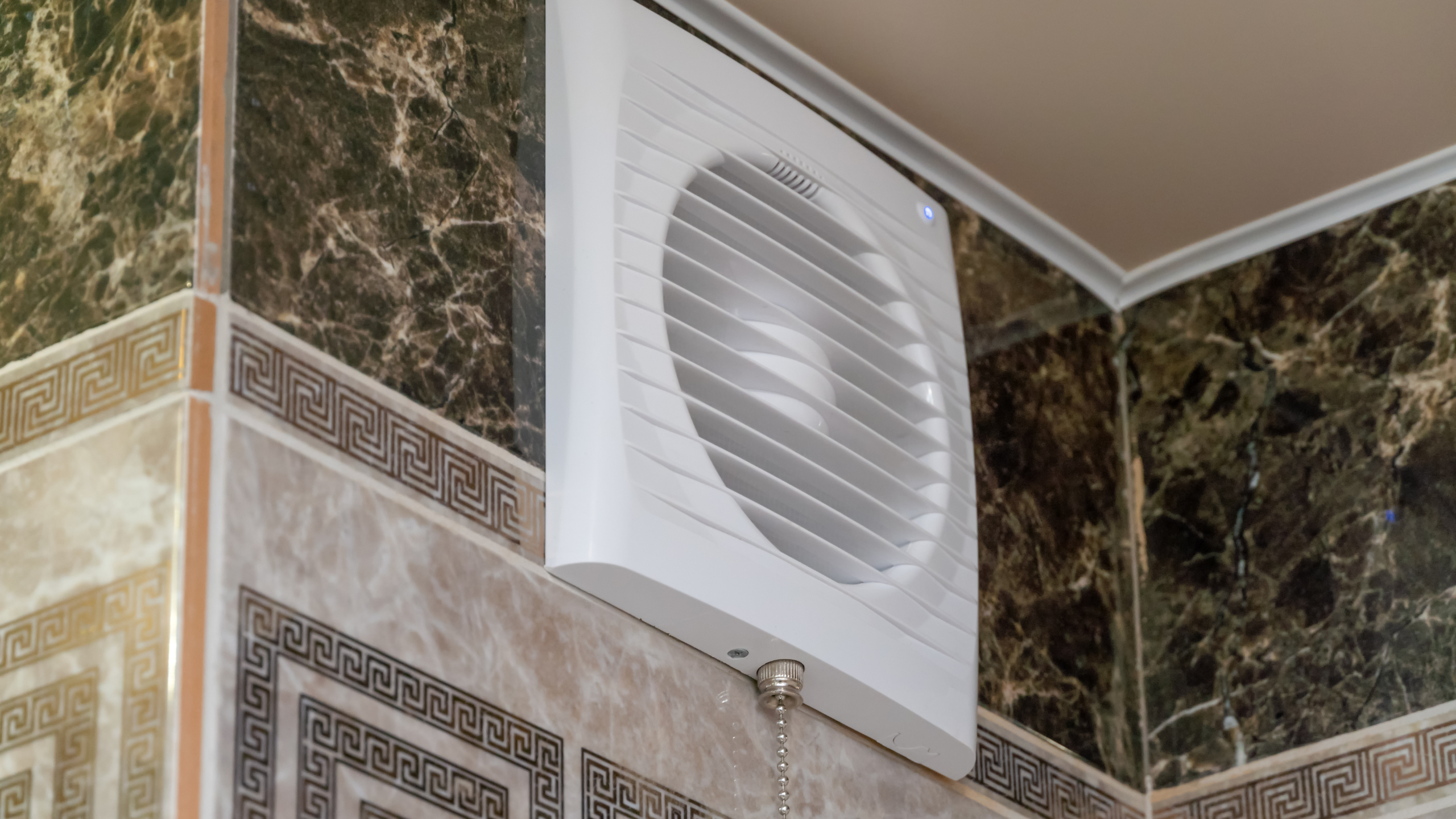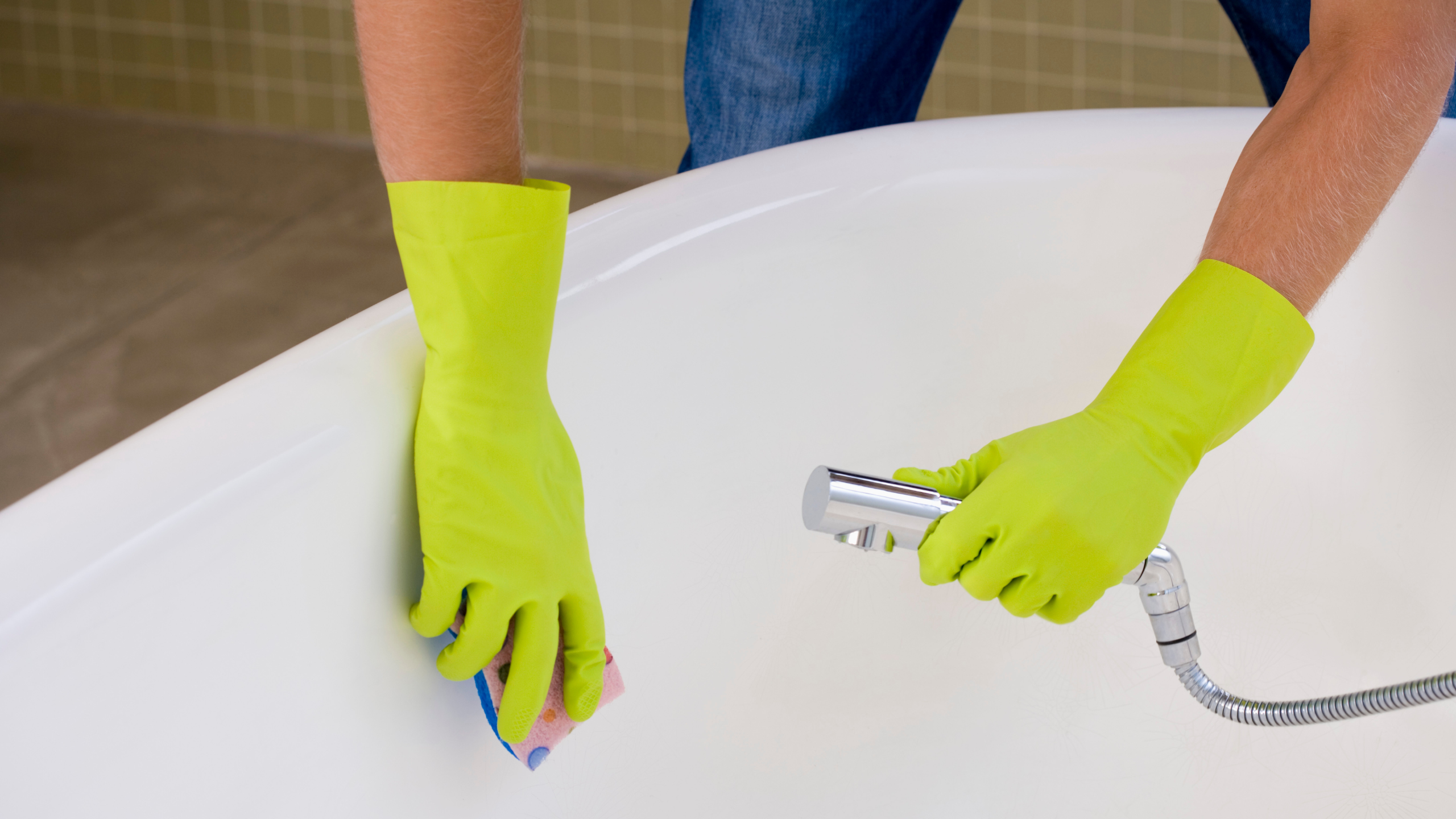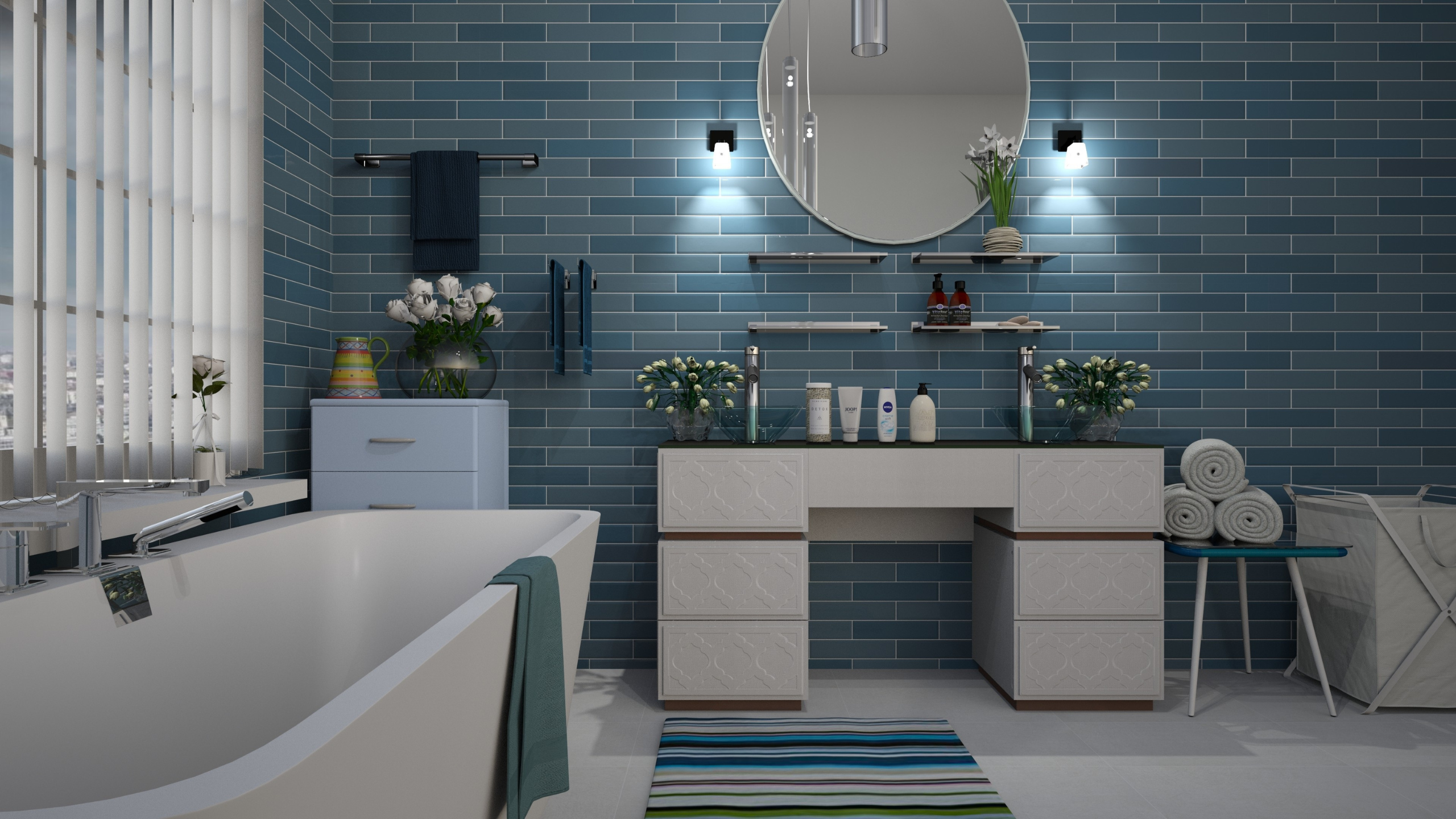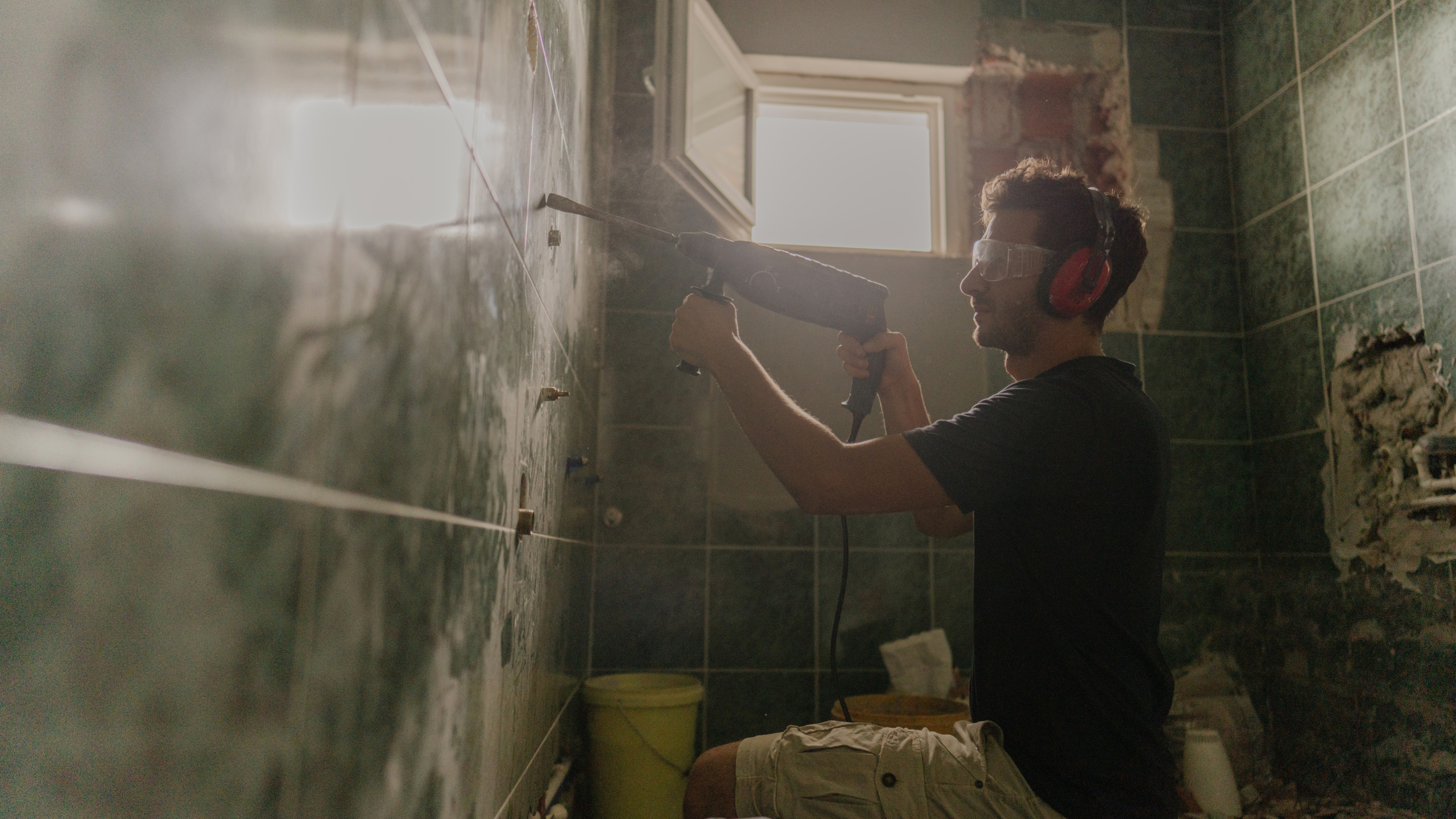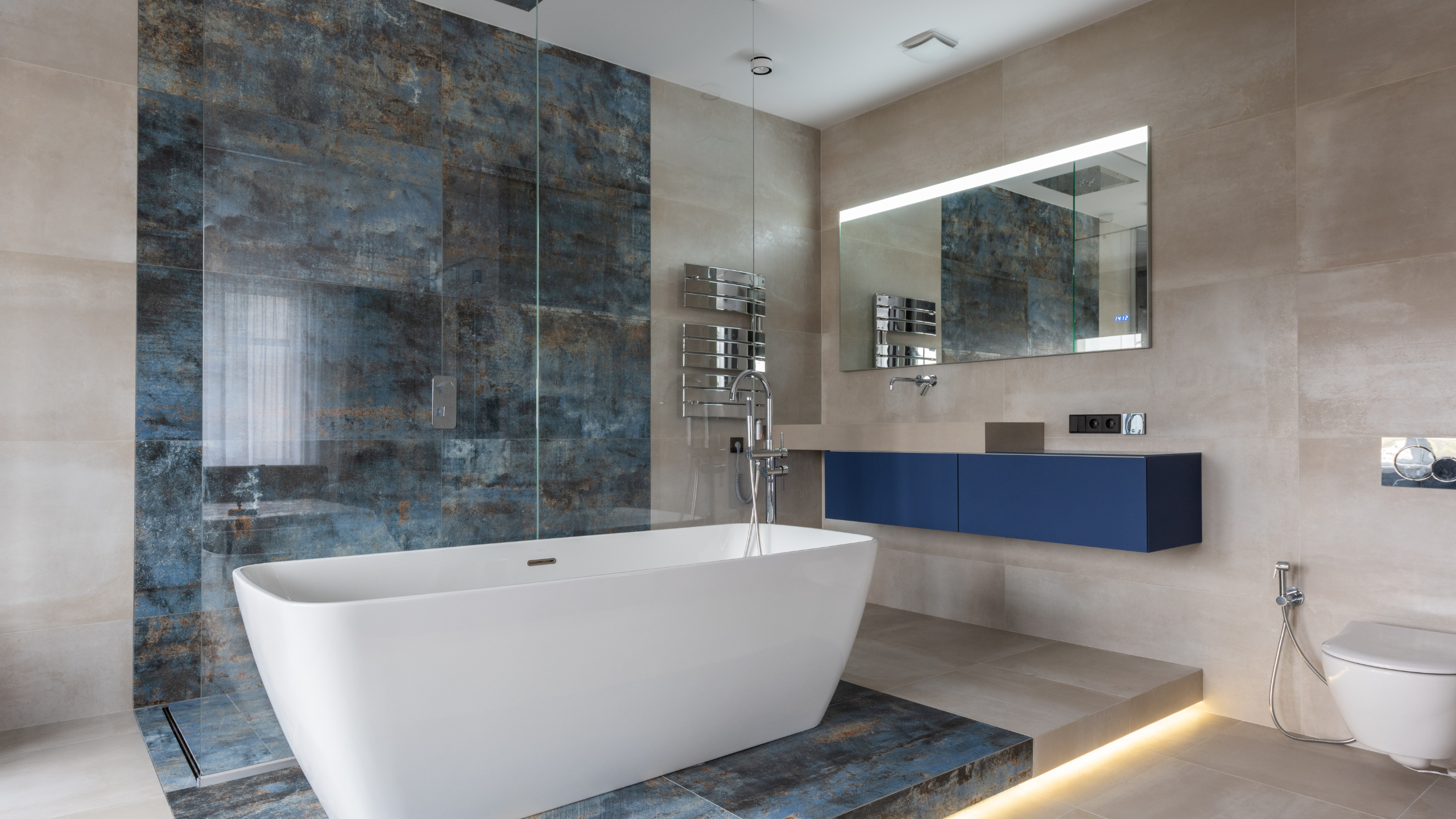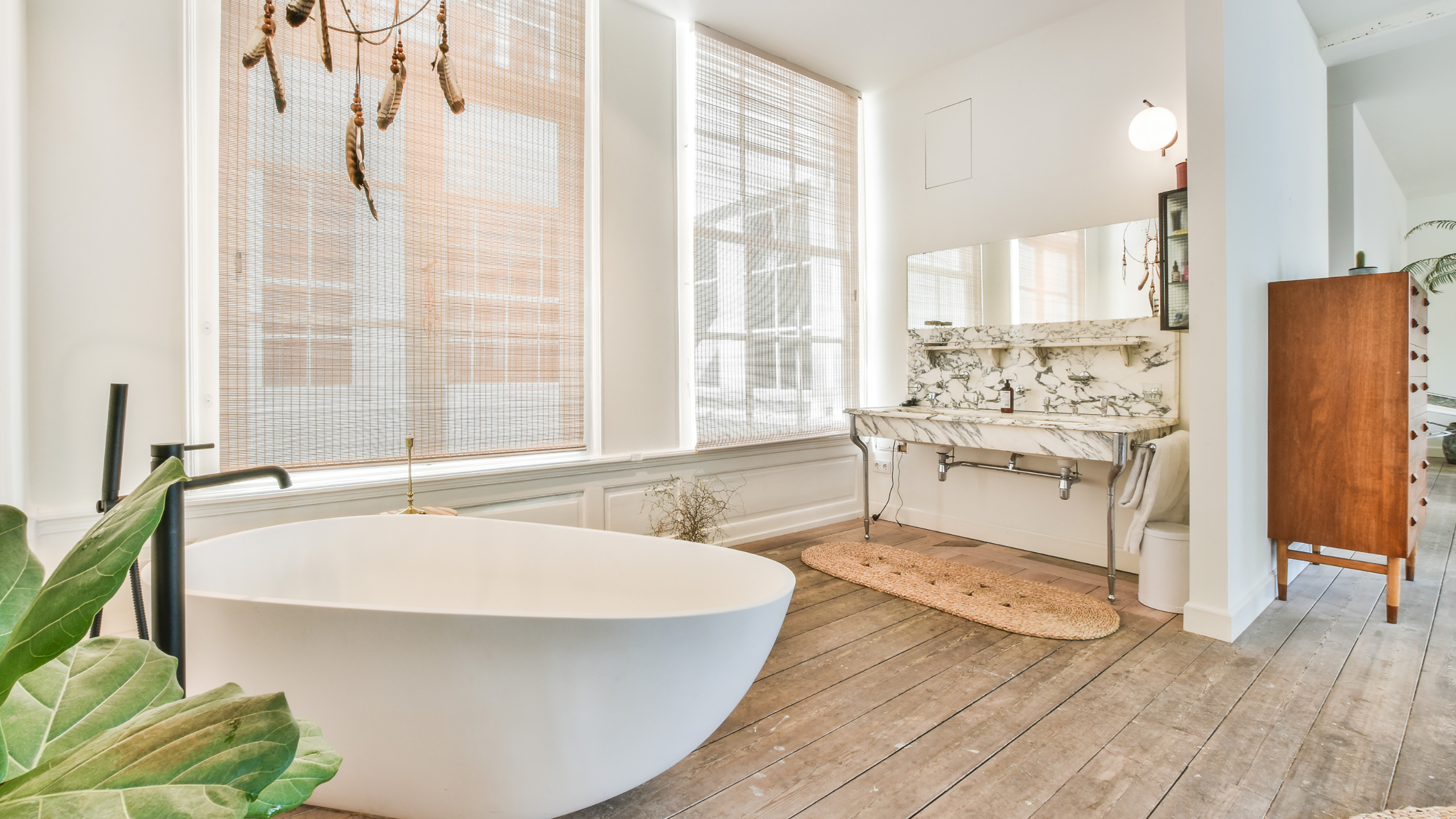In-home renovation, small details matter a lot. Bathtub refinishing is a great way to make old tubs look new again without spending too much money. But, when you’re excited about fixing your bathroom, it’s important to remember about ventilation and safety. If you don’t think about these things, it can make you sick and make the bathtub look bad. This guide will discuss ensuring your bathroom is safe and well-ventilated during bathtub refinishing. We’ll cover things like why it’s only sometimes good to reglaze a tub and how to make sure the air stays clean while you work. Bathtub not matching your bathroom’s aesthetic? EK Philadelphia Tub Reglazing and Refinishing can customize it to your liking.
The Cons of Reglazing a Tub
It’s important to consider the downsides of reglazing a tub, even though it can save money. One big worry is that harmful fumes can come out when you reglaze. These fumes have volatile organic compounds (VOCs) and other chemicals that can make you sick if you breathe them in. If these fumes don’t have a way to get out, people nearby might have trouble breathing, get headaches, or have other health problems. So, even though reglazing is cheaper than getting a new tub, it’s really important to keep the air clean by having good ventilation to stay safe.
The Role of Ventilation in Safety
Ventilation plays a pivotal role in ensuring safety during bathtub refinishing. Proper airflow helps dissipate noxious fumes, Minimizing the likelihood of respiratory problems and further health consequences. These fumes can linger in enclosed spaces without adequate ventilation, threatening homeowners and contractors.
Top 7 Ventilation Tips for a Safe and Odor-Free Bathtub Refinishing:
1. Open Windows and Doors: Prioritize natural ventilation by opening windows and doors wide to allow fresh air to circulate. Ensure that windows are positioned strategically to create a cross breeze, effectively carrying fumes away from the workspace and promoting optimal air quality.
2. Use Fans: Enhance airflow by strategically positioning fans throughout the refinishing area. Place fans near open windows or doors to create a directional flow, effectively channeling fumes out of the space. Additionally, consider utilizing exhaust fans to expedite the expulsion of fumes and maintain continuous fresh air circulation.
3. Seal Off Adjacent Areas: Take proactive measures to contain fumes within the refinishing area by closing doors and sealing off vents leading to other parts of the house. Use plastic sheeting or temporary barriers to create a physical barrier, preventing fumes from infiltrating adjacent rooms and reducing the chance of being exposed to household members.
4. Invest in Respirators: Prioritize the safety of all individuals involved in the refinishing process by providing high-quality respirators designed to filter out harmful fumes and airborne particles. Ensure respirators fit snugly and are properly fitted to each individual, offering maximum protection against inhalation hazards throughout the project.
5. Choose Low-VOC Products: Mitigate potential health risks by selecting refinishing products with low volatile organic compound (VOC) emissions. Prioritize environmentally friendly and health-conscious options that adhere to stringent VOC regulations, minimizing air pollutionand lowering the possibility of harmful health consequences for both occupants and the environment.
6. Schedule Proper Ventilation Time: Allow ample time for ventilation before, during, and after the refinishing process to ensure thorough air circulation and the complete expulsion of fumes. Plan by scheduling the refinishing project during favorable weather conditions, maximizing natural ventilation opportunities, and expediting fume dissipation.
7. Consult Professionals: Seek guidance and expertise from experienced professionals in bathtub refinishing to assess ventilation needs and implement effective strategies tailored to your specific project requirements. Collaborate with knowledgeable professionals who can offer valuable insights and recommendations, ensuring the implementation of comprehensive ventilation solutions and the successful completion of your refinishing project.
By incorporating these detailed ventilation tips into your bathtub refinishing process, you can create a safe and comfortable environment that prioritizes air quality and minimizes health risks for all involved.
Benefits of Knowing the Safety Precautions:
Understanding and adhering to safety precautions during bathtub refinishing yields multifaceted benefits. Firstly, it serves as a shield, safeguarding your health and well-being from potential hazards inherent in the refinishing process. Moreover, prioritizing safety fosters an environment conducive to achieving optimal results, ensuring your refurbished bathtub’s durability and aesthetic appeal. By meticulously implementing safety measures, you fortify your health and enhance the safety of your family and household occupants. Ultimately, this commitment to safety culminates in the gratification of enjoying a revitalized bathtub while maintaining peace of mind regarding your loved one’s welfare.
Conclusion:
When fixing your home, it’s super important to consider ventilation and safety, especially when redoing your bathtub. Make sure to know the bad things about reglazing, focus on getting good airflow, and follow safety rules to ensure everything goes smoothly and safely. Don’t forget, having enough ventilation isn’t just a fancy extra—it’s really important for keeping you healthy and getting the best results. So, before you start your next bathtub project, consider ventilation and safety to make your bathroom look awesome without any worries about your health.
